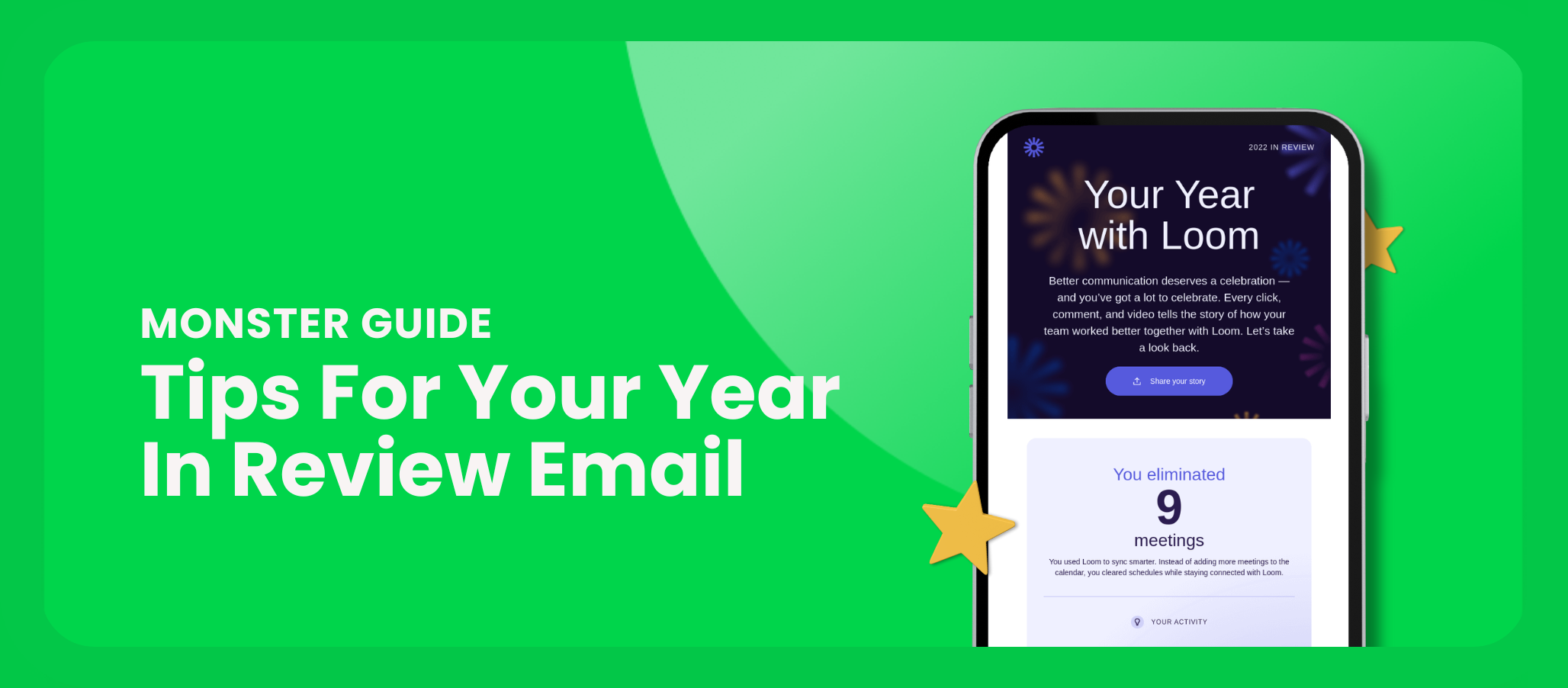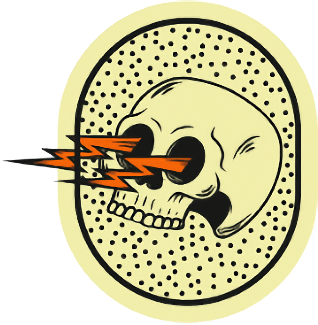One of the most profitable automated emails is the abandoned cart email.
The reason is simple: it’s a behavior-based email with high intent. In other words, those emails are only triggered when someone has proactively added an item to their cart and given their email address in the process. This means that these emails get a much higher open rate (~40%) and click-through rate (20%+) than a regular promotional email (which usually gets ~20% opens and ~2% click-through rates).
But subscribers today are more conscious than ever. They compare brands and know that they will most likely get a coupon code an hour after abandoning their carts. They have also seen many emails from the same genre so it’s easy to ignore such emails or move them straight to the trash folder.
So how do you make sure that your abandoned cart emails are standing out and getting subscribers back to their carts and also making a purchase?
These examples approach the abandoned cart in a fresh way.
Provide social proof
One of the common questions that prospective customers have before making a purchase online is: “Is it the right product for me?” It’s a good idea to use social proof that your happy clients gave you and show your subscriber that your product is legit and catering to their needs.
Brooklinen, a luxury bed sheets brand, does exactly that.
They start their email with numerical social proof (more than 28,000 happy clients) and continue with two juicy testimonials from their raving fans.
Want to take your social proof further? Use smart segmentation to personalize the types of testimonials you include in your abandoned cart email. For example: during capturing an email, ask a few questions to give the best product recommendations (in this case the prospective client might be interested in comfort, price and authority). Based on the product recommendation you could personalize the abandoned cart email and use highly relevant testimonials.
Highlight the benefits
It’s not a secret that your consumers are not interested in the features of your products. Instead, they’re interested in improving their health, wealth or their relationships.
What Pipcorn, a family-owned snacks brand, does here beautifully is using everyday moments where consumers could imagine their lives bettered thanks to the item they abandoned.
It’s short, snappy and persuasive, with an extra discount to “sweeten the deal.” What else could you ask for?
Flare your uniqueness
Let’s face it, most of the abandoned cart emails out there are similar. Your subscribers have seen dozens, if not hundreds of the “Forgot something?” and “You left something in your cart” abandoned cart emails.
That, alongside the one-of-a-kind product that Prose is offering, is what makes this email so unique.
This custom clean beauty products brand knows that the experience of using their products is special, so why not communicate and extend this experience through their emails as well?
This refreshing approach is smeared all over this email, from the “Ready when you are” in the hero section, to the no concrete deadlines or cart expiration threats mentioned anywhere.
Handle common objections
Providing social proof is only one of the psychological tactics you can use in your abandoned cart emails.
Other ideas could be providing a guarantee and handling common objections of your prospective clients to lower the friction of making the first purchase (especially if your brand offers a subscription model).
In this example, Dollar Shave Club is using all of those tricks in one email. They provide the subscriber with a lot of reassurance for them to give the product a go.
Alongside four common objections that their customers have (when will their shipment arrive, how much would the shipment cost, when will they get new razors, and what happens if they’re not satisfied), they also introduce a visual representation of the shipped product.
Your abandoned cart emails are a goldmine of potential revenue. Treat them as such, provide your prospects with a fresh angle on their experience with your brand, and you’ll recover a significant amount of otherwise lost sales.





